Fluid & Heat Blog Posts
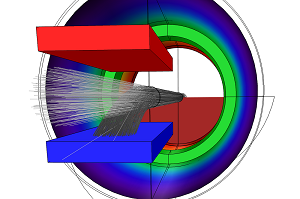
Modeling Beam Neutralization with a Charge Exchange Cell
A charge exchange cell refers to an area of high-density gas that is placed in the path of an ion beam. You can model a charge exchange cell to analyze its neutralization efficiency.
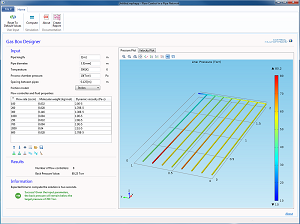
Creating an App for Modeling Flow Control in a Pipe Network
Simulation apps can be used as dedicated tools for modeling the flow and pressure distribution inside a network of connected pipes. This would be useful in, for example, semiconductor processing.
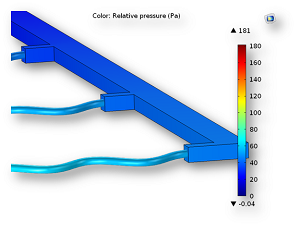
How to Easily Connect 1D Pipes to 3D Flow Domains
You can easily connect 1D pipes to 3D flow domains for your pipe flow simulations using a feature in the Pipe Flow Module available as of COMSOL Multiphysics® version 5.0.

Rosetta and Philae: A Historic Landing on a Comet
In 2014, the spacecraft Philae, aboard the Rosetta, landed on a comet for the first time ever. We talk to 2 of the scientists involved in this project about what this means >>
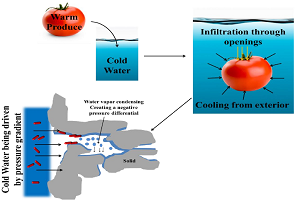
Hydrocooling Analysis for Fresh Produce Safety
During the hydrocooling process for tomatoes, bacteria can seep through and contaminate the food, making it unsafe to ingest. Researchers from Cornell University used simulation to investigate.

Designing Electric Vehicles with Magnetic Cooling Technology
Researchers from the National Institute of Applied Science designed a magnetocaloric HVAC system for an electric vehicle using multiphysics simulation. Get the full story >>
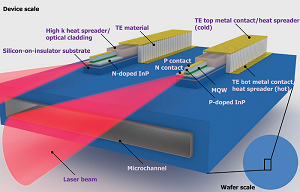
Green Energy Management for Communication Systems
Look inside a team at Bell Labs, the research arm of Alcatel-Lucent committed to designing technologies for significantly improving energy management for next-generation telecom products.
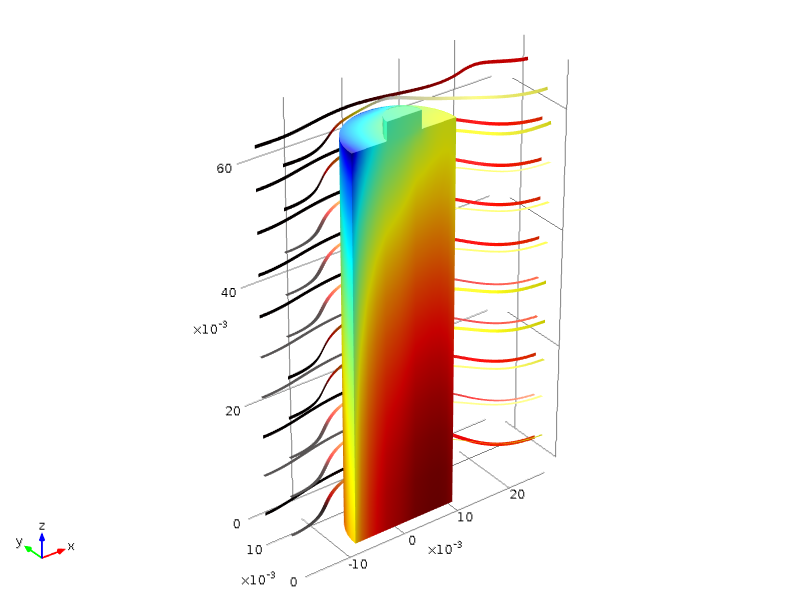
Accounting for Heat in the Design of Lithium-Ion Batteries
Heat transfer is an important phenomenon to consider when designing a lithium-ion battery. See how multiphysics simulation can help ensure a safe and efficient Li-ion battery design.
